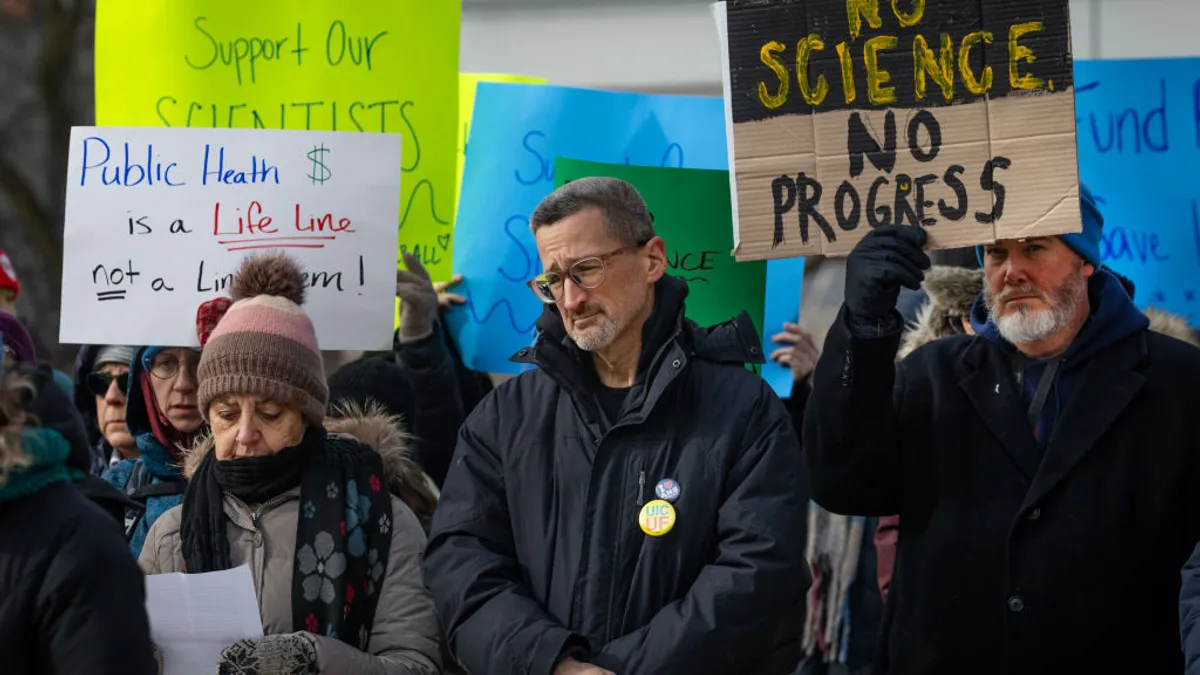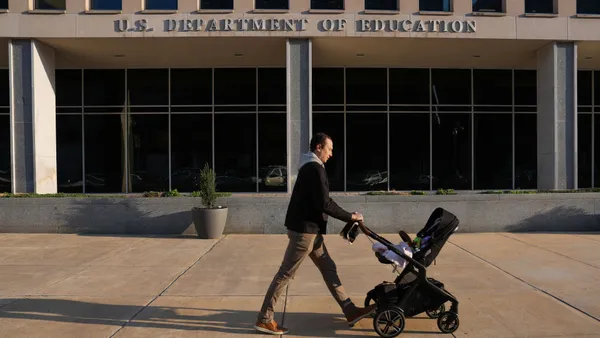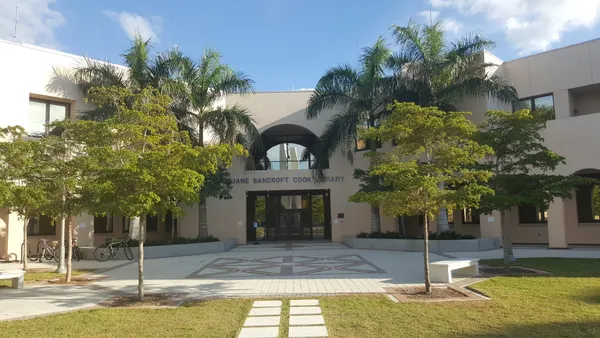Dive Brief:
- Financial risks are growing for universities that depend heavily on federal funding for research, according to a report released Monday by S&P Global Ratings.
- Institutions with the highest S&P credit ratings are also those most likely to be hurt by the Trump administration’s federal research cuts. Adding to the strain are other policy changes, such as a proposed higher endowment tax and an immigration crackdown that could stem international enrollment.
- “Material cuts to federal research funds could create operating pressures,” S&P analysts said, pointing to specific institutions targeted by the administration, including Columbia and Harvard universities.
Dive Insight:
The Trump administration’s frenetic and often chaotic cuts to research funding have already widely disrupted operations at colleges.
Many institutions have resorted to layoffs in response to the Trump administration blocking money for federally funded projects. Johns Hopkins University, for example, laid off some 2,200 workers tied to programs funded by the U.S. Agency for International Development after the administration dismantled the agency.
Others have frozen hiring and budgets to maintain what financial flexibility they can while they brace for federal cuts. In that group are Harvard and Columbia, who together have seen nearly $3 billion in federal funds frozen as President Donald Trump seeks to pressure them into making changes to their academics and operations.
Broader funding disruption includes attempts to cap reimbursement for indirect research costs at the National Institutes of Health and U.S. Department of Energy. While both moves have been blocked by judges for now, they still leave research universities with deep uncertainty about the future of their federal grants and contracts.
Should the caps ultimately become policy, they would deal a blow to research universities’ revenue and raise operating pressure on those institutions.
“Management teams will need to assess budget options to offset revenue loss, including possible expense cuts, layoffs, and reduced research programming,” S&P analysts said in Monday’s report.
Analysts with Moody’s Ratings issued a similar warning earlier this year. The specter of research funding cuts, endowment tax hikes, interruptions to student aid and slowing international student enrollment led the credit ratings agency to lower its outlook to negative for the higher ed sector for 2025.
But while universities could face financial strain, many of those most affected by Trump’s policies have deep enough resources to weather disruption, at least in the short term, S&P analysts said.
“We believe the universities affected by these announcements have adequate reserves to provide flexibility should material cuts transpire, especially as they could be phased in over several years,” the analysts noted, pointing also to “strong fundamentals” such as sound management, liquidity and financial flexibility — at those institutions.














